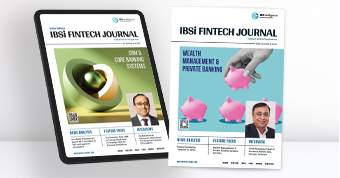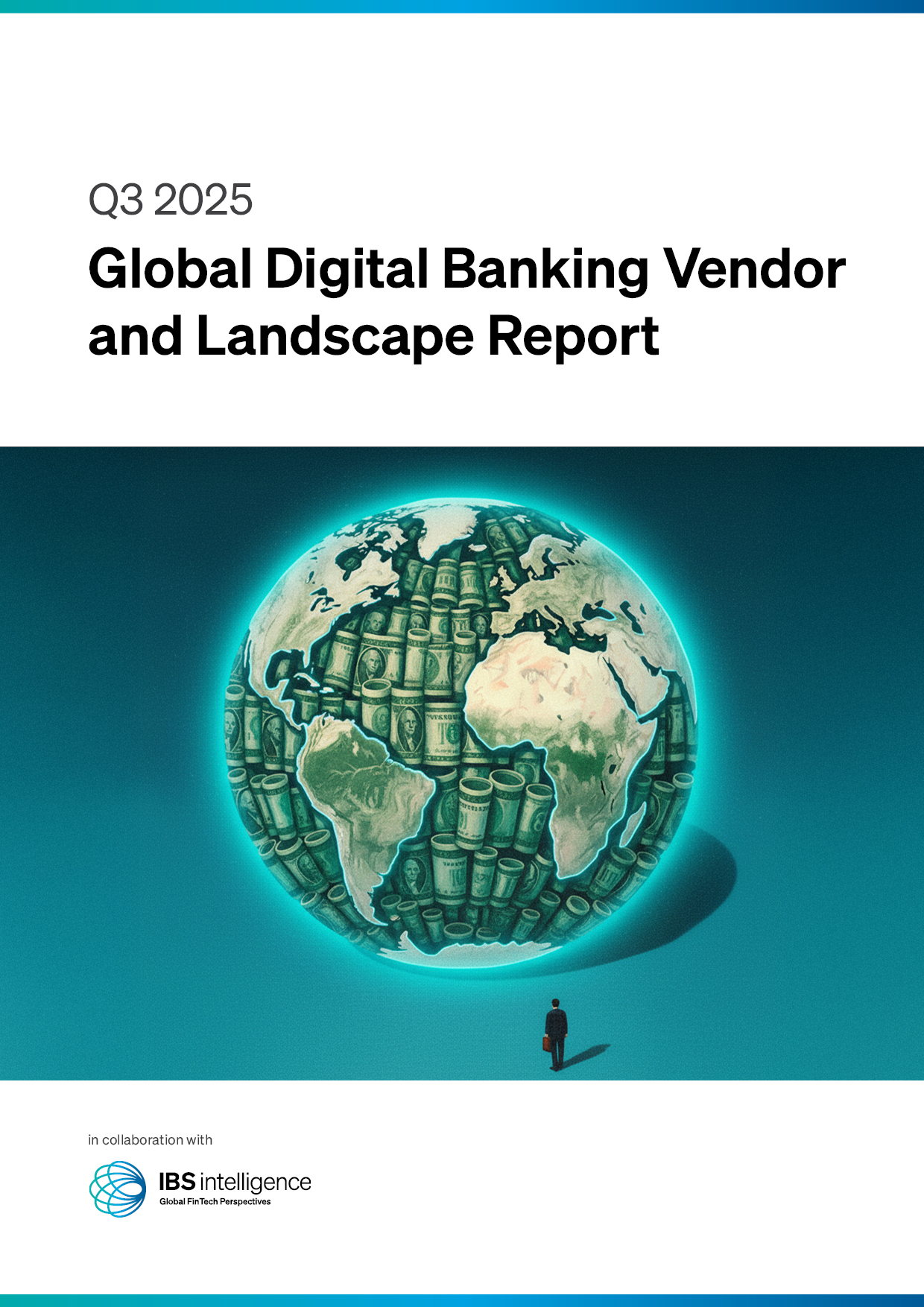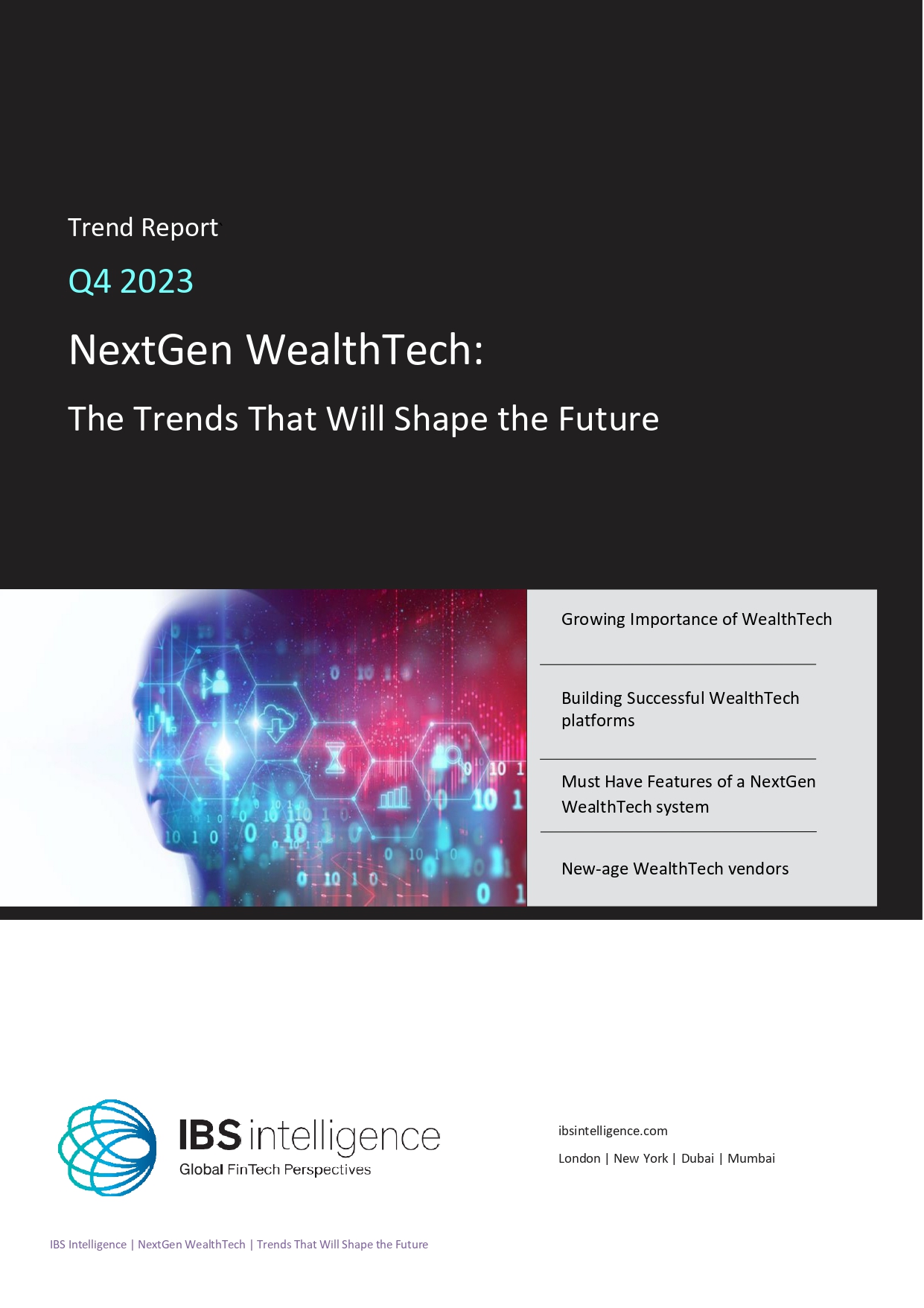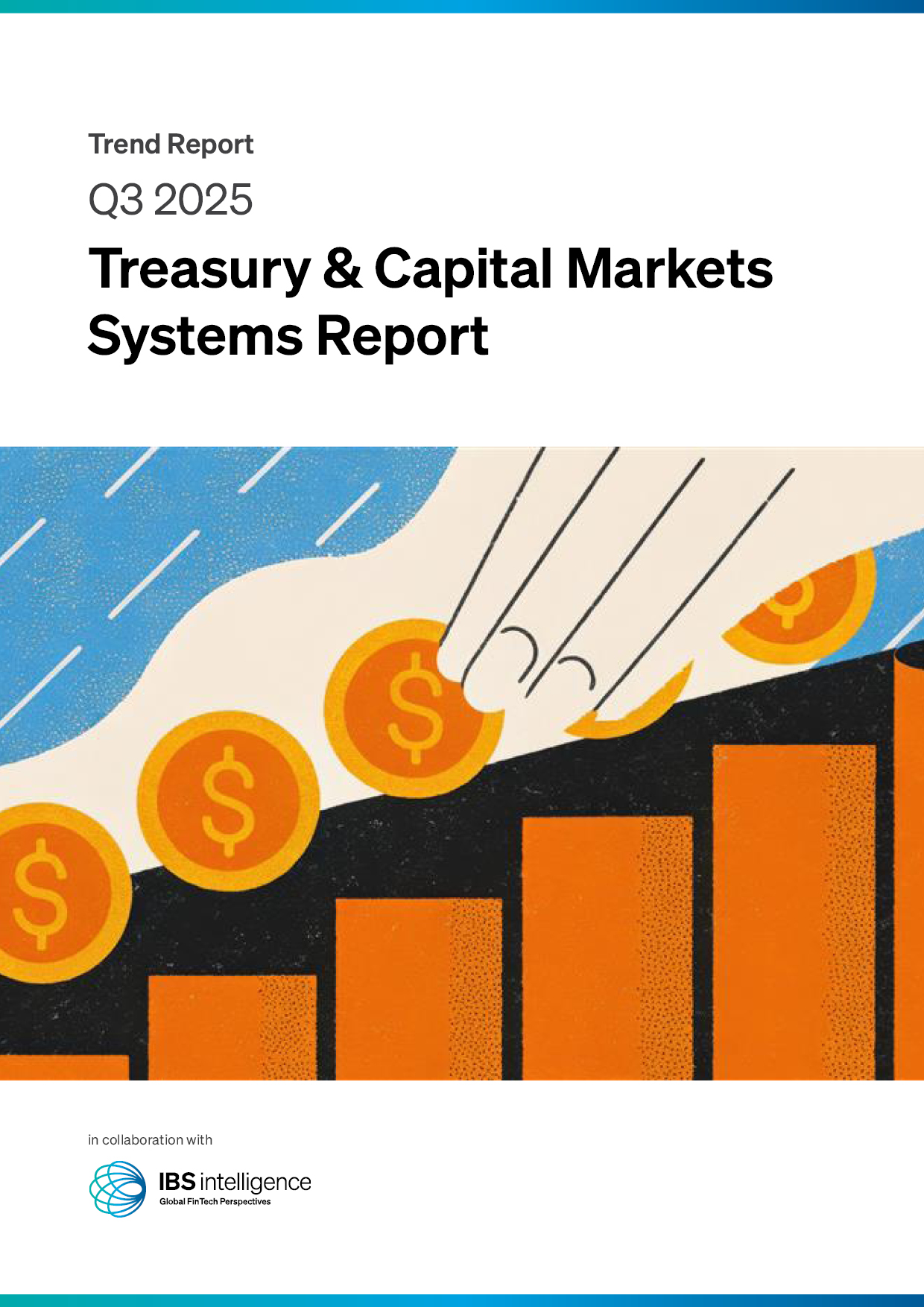 Back
Back
Beyond UPI: What’s Next for Contactless Payments in India’s FinTech Ecosystem?

By Rayan Malhotra, Founder & CEO – NeoFinity
Unified Payments Interface (UPI) has done the heavy lifting to make digital payments a part of daily life in India. With over 13 billion transactions processed in March 2025 alone, according to NPCI, we are past the phase of convincing people to go digital. Today, it is not about driving adoption but rather making payments invisible.
The next phase of contactless payments in India will not announce itself with big campaigns or sudden changes. It will quietly embed itself into our routines through the devices we wear, the systems we interact with, and the environments we move through.
Wristwear Is Becoming the Interface
Smartwatches and fitness bands, which were niche gadgets for tech enthusiasts or athletes, are now contact points for payment. Across metro cities, consumers are already using tap-to-pay functions on their wearables in public transport systems and retail outlets. These are not demos—they are live implementations that reflect how convenience is being redefined.
Statista projects that India’s wearable tech market will grow at over 16% CAGR between 2024 and 2028. That figure suggests something deeper than a hardware trend. It is a marker of behavioural change. Payment interfaces are no longer confined to apps and cards; they are the preferred payment method.
For FinTech companies, this is more than just a design change; it is a call to develop payment systems that work in motion. Payments should happen while people are jogging, shopping, or commuting, without interrupting their flow.
Biometrics Are Replacing Friction
Face recognition and fingerprint scanning are now baked into the way Indians access devices, enter offices, and check into services. Biometric authentication, once seen as futuristic, is already being piloted for payments at point-of-sale terminals and self-service kiosks.
India’s Aadhaar infrastructure provides biometric-linked identity to over 1.3 billion people. This is a scale few countries can match. When combined with AI-led authentication and device integration, biometric payments can reduce fraud, bypass the need for OTPs or PINs, and make payments feel like background activity rather than a deliberate step.
There is a significant advantage in letting identity become access. A person walks into a store and is recognised, authenticated, and ready to pay, without touching a wallet or phone. That is where we are heading, not in some far-off future, but through systems already being tested today.
Tokenisation Is Becoming a Differentiator
Privacy has moved from being a compliance topic to a consumer expectation. People want to know that their data is safe, and tokenisation offers that assurance. By replacing sensitive card details with randomly generated tokens, even if a data breach occurs, the information is rendered useless.
Mastercard reports that tokenised transactions can reduce fraud by up to 90% when compared to card-on-file systems. That is not just a back-end feature—it is a message to customers: your data is safer here.
As India’s Data Protection Act adds more regulatory pressure, tokenisation is becoming the price of entry. FinTech companies that build secure systems at the core will earn more than compliance; they will earn trust.
IoT Payments Make Transactions Passive
The Internet of Things (IoT) is turning regular devices into decision-makers. With over 2 billion IoT devices projected in India by 2025 (NASSCOM), the infrastructure already exists for machines to initiate and execute transactions with minimal human input.
A smart fridge can place a grocery order. A vehicle can pay for tolls and parking. Utility bills can be topped up automatically based on thresholds. These are not flashy use-cases, but they represent a shift where payments are now automated responses.
For low-value, high-frequency transactions, this kind of automation is not just about ease; it redefines the function of a payment. It becomes an event that happens as part of a broader process—frictionless, fast, and mostly invisible.
CBDCs Bring Programmability to Currency
Perhaps the most fundamental shift is not how payments happen, but what form money takes. The Reserve Bank of India’s Digital Rupee (e₹) pilot is moving in that direction. Unlike UPI, which functions within banking rails, the e₹ acts as sovereign digital cash—programmable, trackable, and transferable without intermediaries.
Over 1 million users are already part of the CBDC pilot, according to RBI data. That is a test bed with massive implications. Imagine subsidies that expire after 30 days, business reimbursements triggered by location, or payrolls with built-in tax deductions. These are not future scenarios—they are experiments underway.
Combined with Aadhaar and Jan Dhan infrastructure, India is uniquely positioned to implement programmable digital currency at scale, faster and more cohesively than most economies.
What comes after UPI is not meant to steal the spotlight. It is meant to fade into the background, functioning reliably, securely, and silently. Wearables, biometrics, tokenisation, IoT, and CBDCs are not standalone shifts; they are layered upgrades to the idea of what a transaction should feel like.
IBSi News
Get the IBSi FinTech Journal India Edition
- Insightful Financial Technology News Analysis
- Leadership Interviews from the Indian FinTech Ecosystem
- Expert Perspectives from the Executive Team
- Snapshots of Industry Deals, Events & Insights
- An India FinTech Case Study
- Monthly issues of the iconic global IBSi FinTech Journal
- Attend a webinar hosted by the magazine once during your subscription period
₹200 ₹99*/month
* Discounted Offer for a Limited Period on a 12-month Subscription
IBSi FinTech Journal

- Most trusted FinTech journal since 1991
- Digital monthly issue
- 60+ pages of research, analysis, interviews, opinions, and rankings
- Global coverage
Other Related Blogs
November 28, 2025
Modernising core systems in financial services without a complete overhaul
Read MoreNovember 24, 2025






